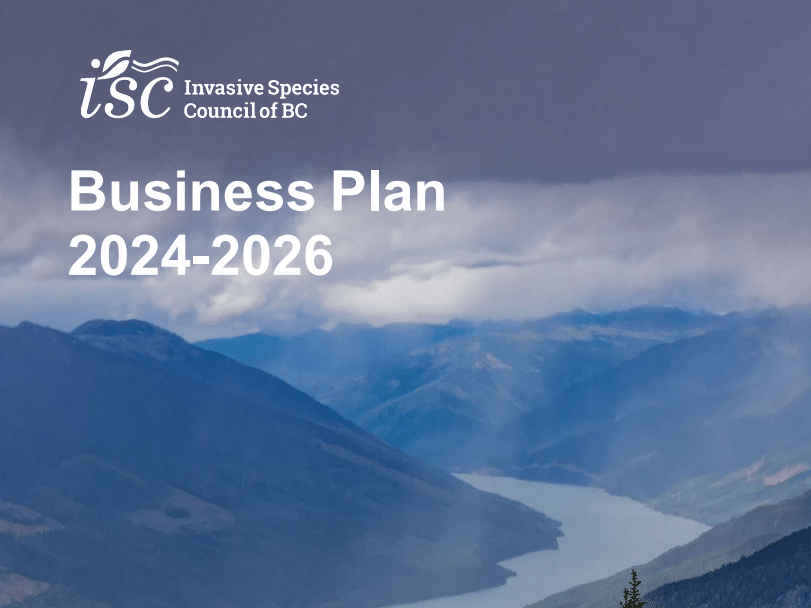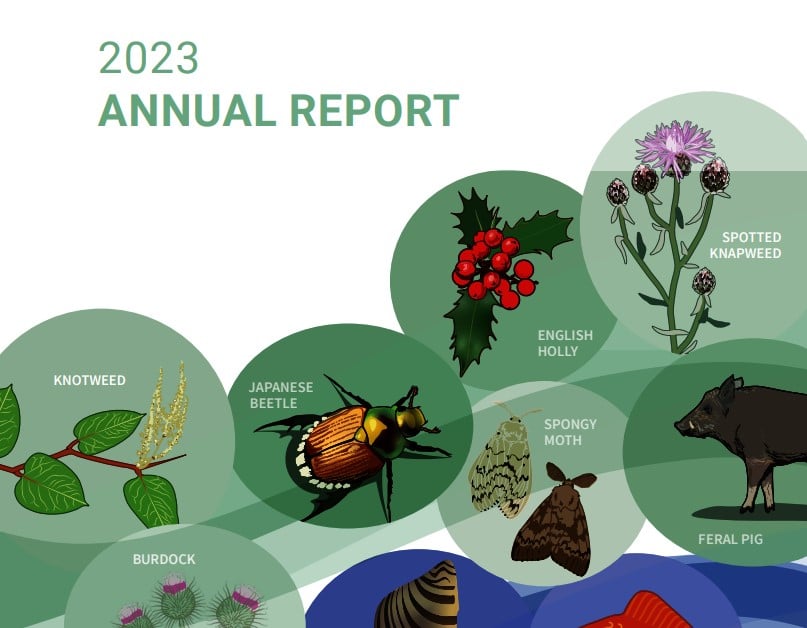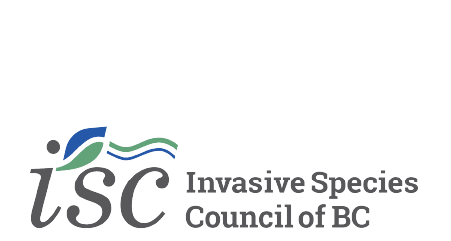What We Do
Orange hawkweed (Hieracium aurantiacum) is legally classified as a noxious weed in parts of BC. This hardy invasive weed spreads easily, helped by human activity and crowds out native plants.
Orange hawkweedThe Invasive Species Council of BC works together with concerned stakeholders to reduce the spread and impact of invasive species in BC.
We spearhead behaviour change in communities, organizations, governments and industry. Working in partnership we succeed in our mission by:
1. Organizing and uniting efforts
We know our goal of minimizing the spread and impact of invasive species is an ambitious one. To help us succeed, we’re a membership-based organization that goes out of its way to engage with our partners, funders, industry stakeholders and our diverse and representative Board of Directors.
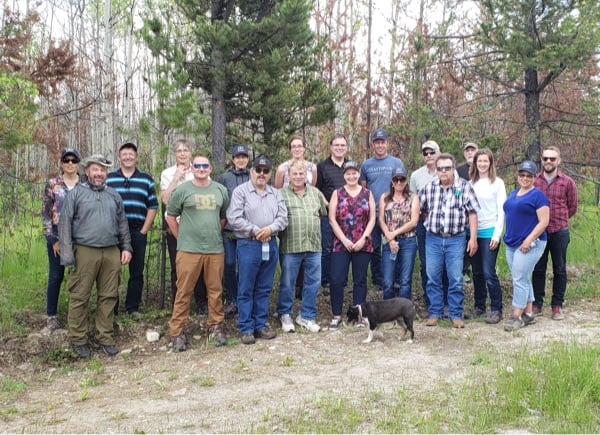
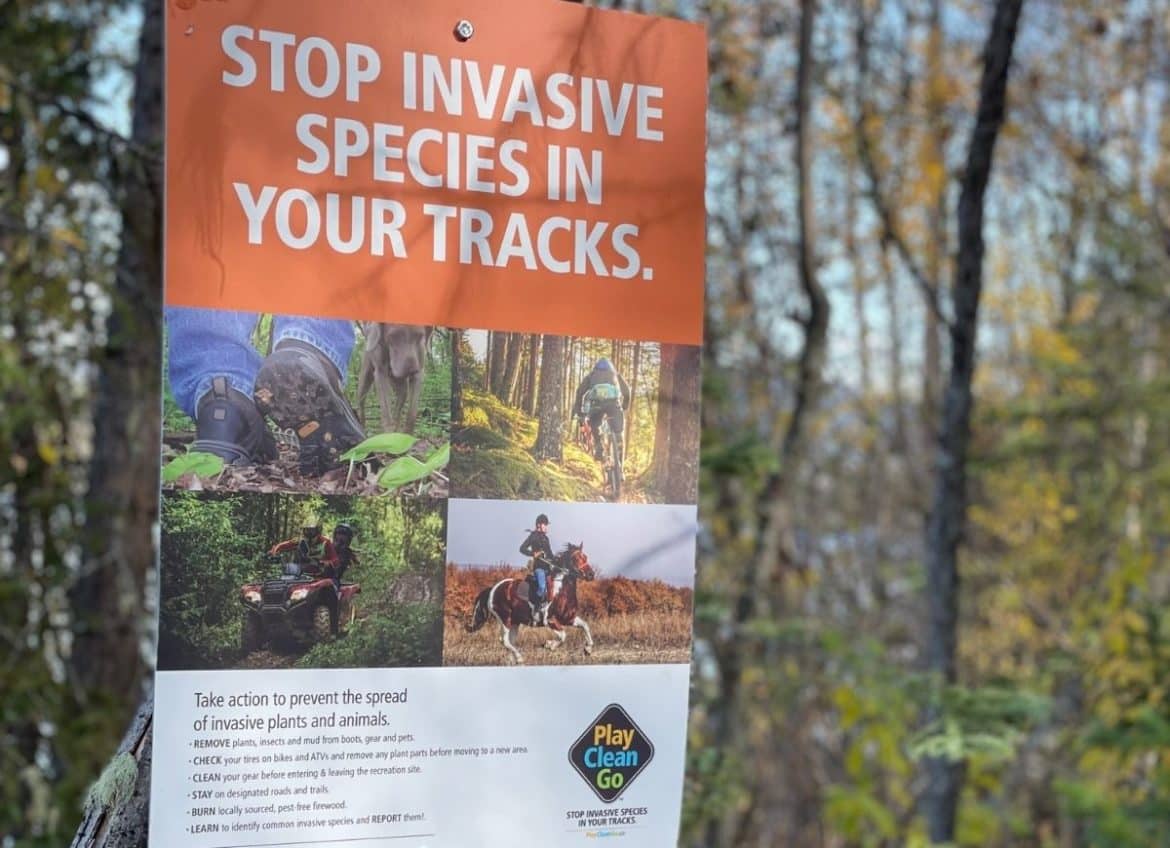
2. Educating and informing
We take every opportunity we can to communicate the benefits of stopping the spread of invasive species to people and organizations across BC. We develop a variety of resources and programs such as PlantWise and Clean Drain Dry to support our goals.
3. RESEARCHING
By helping coordinate research and sharing findings through conferences, forums and live webinars, we’re helping key stakeholders stay up-to-date on the latest information.
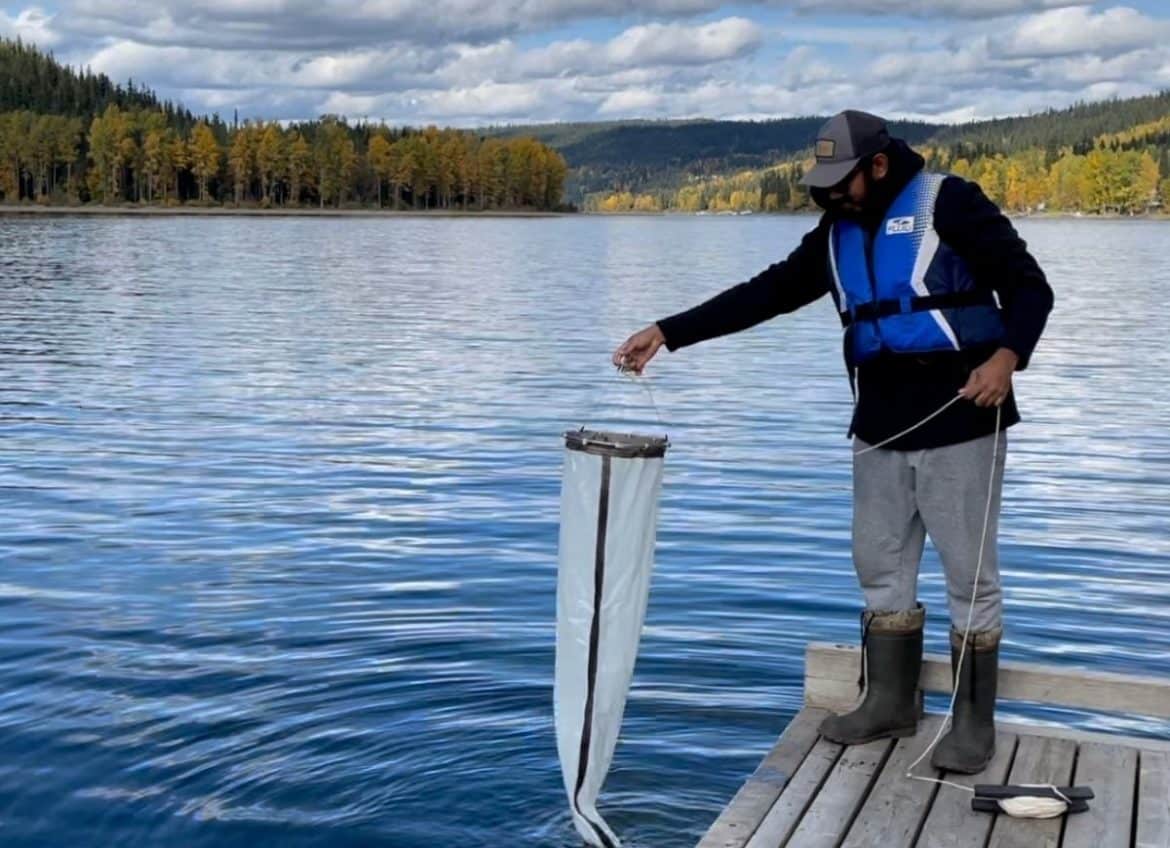
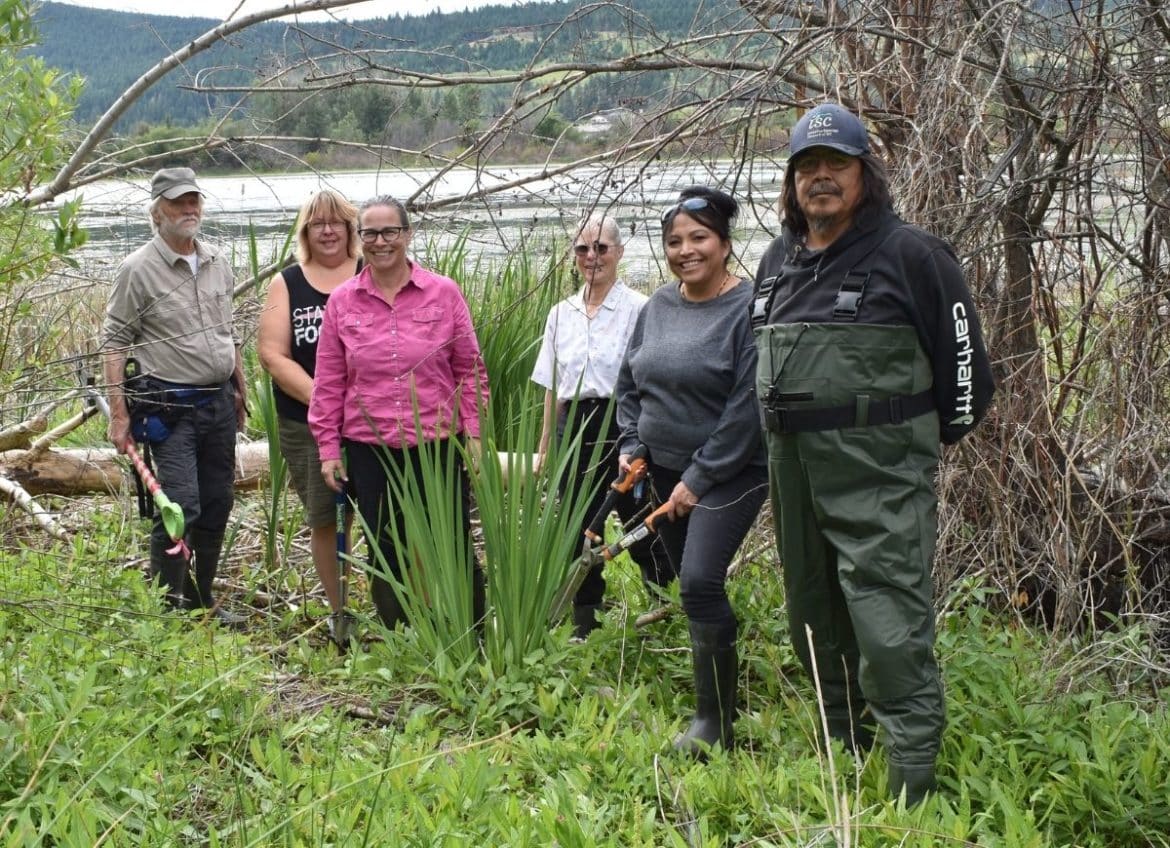
4. TRAINING
We offer learning opportunities and training programs through a variety of formats on a broad range of topics related to invasive species prevention and management. We’re helping grow the knowledge of concerned individuals, public and private organizations.
KEY DOCUMENTS
